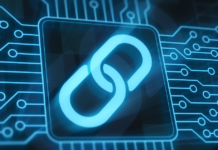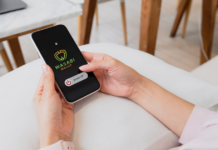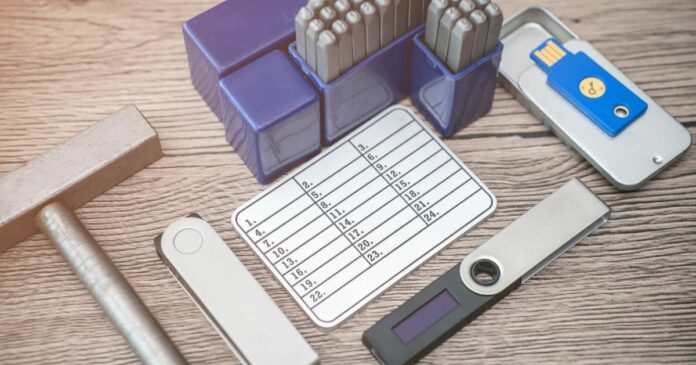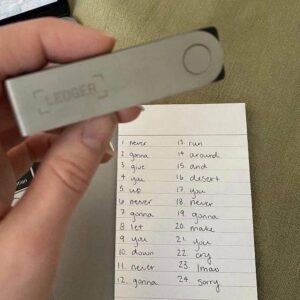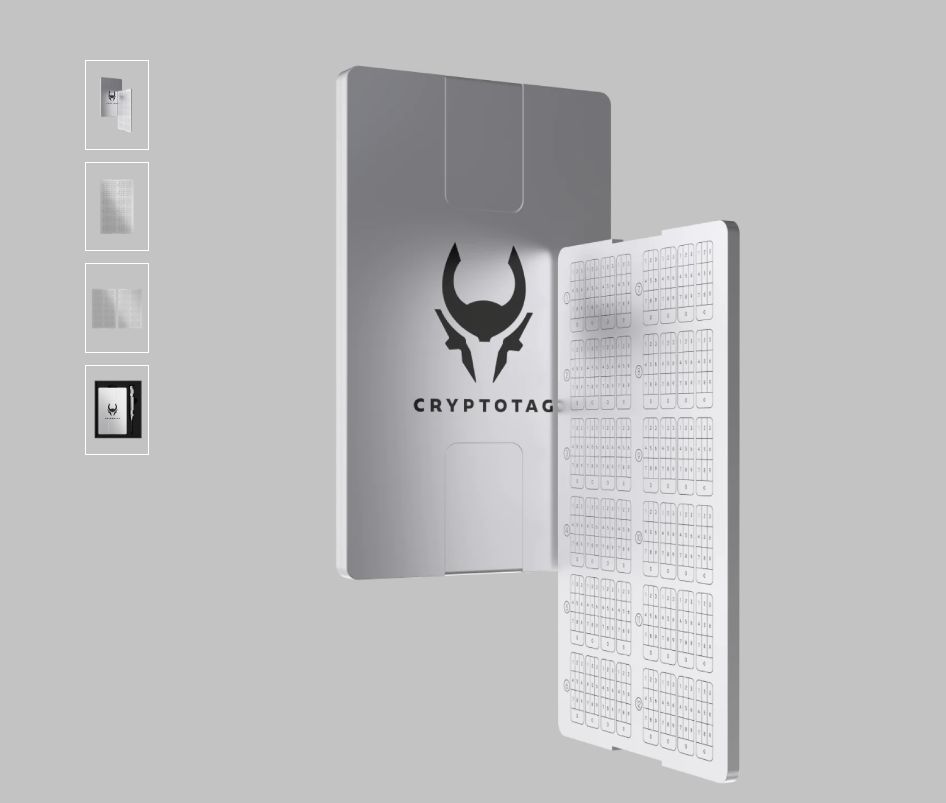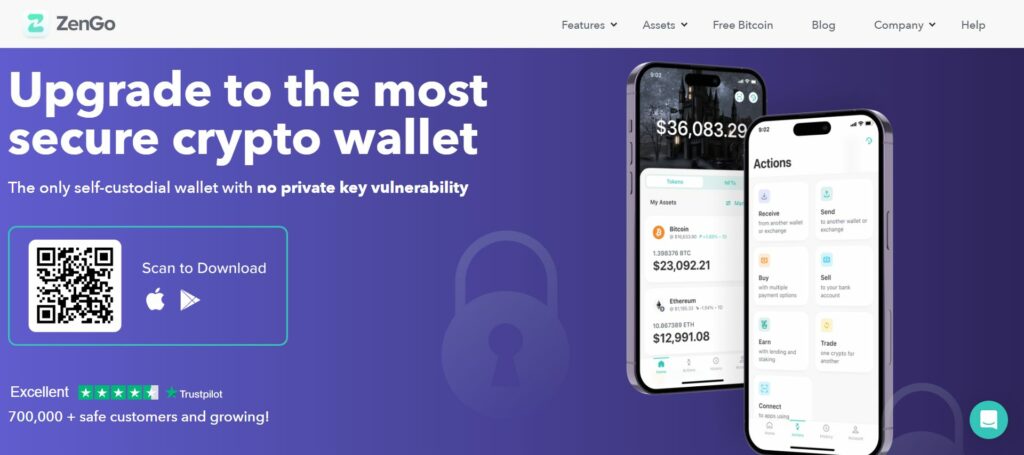Self-custody has been in the spotlight recently. However, are there any downsides to looking after your own keys? One of the main Bitcoin Core developers had his PGP (encryption) key compromised. As a result, he lost many of his coins.
So, how easy or difficult is it to self-custody your crypto coins? Let’s dive straight in.
PSA: My PGP key is compromised, and at least many of my bitcoins stolen. I have no idea how. Help please. #Bitcoin
— @[email protected] on Mastodon (@LukeDashjr) January 1, 2023
Self-Custody, What Happened to the Bitcoin Core Developer?
The Bitcoin Core developer who lost part of his Bitcoin holdings goes by the name of Luke Dashjr. He already owned Bitcoin and secured them before we had seed phrases. Instead, he used a PGP key. This is Pretty Good Privacy, and you can also use it for encrypting files. Here’s an in-depth explanation on PGP you can peruse.
Both his hot and cold storage wallets got drained. So, the hot wallet, can happen, right? But how can you drain a cold storage wallet? To clarify this, it seems that he kept his keys on his computer. That’s a pretty basic mistake.
So, there’s lesson #1 – never, ever hold your private keys or seed phrase on any of your devices. Whether this is a PC, laptop, tablet, or mobile phone. It’s not done. On the other hand, how can you safely store your keys or seed phrase? Let’s look into this. Below is a picture of a seed phrase from a Ledger. Be aware, though, that this is not a real seed phrase, but rather the lyrics from a song from 1987!
How to Safely Use Self-Custody
To keep self-custody safe, there are a couple of things you need to do. The general idea is to take your crypto off the exchanges. In case you have missed this, or live under a crypto rock, FTX showed us why. So, first things first, get a non-custodial wallet.
Non-custodial wallets can be hardware or software wallets. A hardware wallet is not connected to the internet. This makes them the safer option. However, you need to buy them. On the other hand, a software wallet is free to download and easy to use. Well-known and popular samples of hardware wallets are Ledger and Trezor. Samples of software wallets are, for instance, MetaMask, Trust Wallet, Keplr, and Phantom.
The second step is to set up your new non-custodial wallet. This involves writing down private keys. Most likely, they come as a 12- or 24-word seed phrase. The most important action here is to store your seed phrase in a safe place. You can start out with writing them down on at least three pieces of paper. Wrap each of them separately in a waterproof plastic bag. This protects them from any water damage. Now store each piece of paper in a different but secure place. This is good practice, but not the safest option available to you.
How to Keep the Seed Phrase Safe
Your best choice is to keep the seed phrase on a steel plate. There are various options available. For instance, the Billfodl, the Cryptosteel Capsule Solo, or the Cryptotag Zeus. With these options, you can store your seed phrase safely. They are:
- Waterproof
- Fireproof
- Hacker proof
- Corrosion proof
- And bulletproof
How safe does that sound, or do you think it’s over the top? Well, if you lose access to your keys, you lose control over your crypto. Any amount can be too much. Whether it’s $1,000; $10,000; or $1 million. Each person has a different threshold of what they can afford to lose. Hence, it’s important to always have access to your private keys. A steel or titanium plate seems to be worth the investment.
Another essential lesson to learn is to never share your private keys. With nobody, not even yourself, you can jokingly say. Because, whoever has access to your keys, also has access to your digital assets. In other words, they can clean out your wallet. The next picture is a sample of the titanium Cryptotag Zeus.
Source: Ledger
A Non-Custodial Wallet Without Private Keys
There are other solutions as well, like a non-custodial wallet without private keys. Enter ZenGo – this wallet uses threshold signatures. These create two “mathematical secret shares.” So, to clarify, you store one on your mobile phone. The other key they store on their servers.
To date, nobody has managed to hack them. Instead of private keys, they use MPC technology. This means multi-party computation. It’s cryptography that is already in use for 30 years. This wallet brings two interesting features to the table. For example:
- There’s no single point of failure.
- You don’t lose your coins when hacked or with the loss of your wallet.
That sounds great, and it’s free to download. This wallet is a hybrid between custodial and non-custodial wallets. So, you can ask if we should even mention it here. A good question, so let’s look at some downsides of this wallet.
You need to store your keyless recovery backup on iCloud or Google Drive. This doesn’t make it a non-custodial wallet. So, the idea is good, but the solution is not what we are looking for if you want a non-custodial wallet. Below is a picture of the ZenGo wallet option.
Source: ZenGo
Conclusion
Self-custody of your crypto wallet brings great responsibility. We saw that even Bitcoin OG developers get the wrong end of this stick. However, take care of your seed phrase and don’t share your private keys. There are other options available. Nonetheless, non-custodial wallets are currently still the best option available.
⬆️ For more cryptocurrency news, check out the Altcoin Buzz YouTube channel.
⬆️ Our popular Altcoin Buzz Access group generates tons of alpha for our subscribers. And for a limited time, it’s Free. Click the link and join the conversation today.




